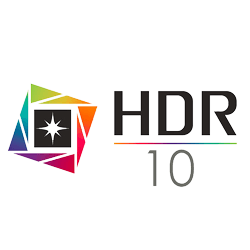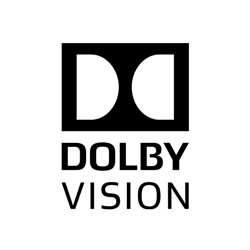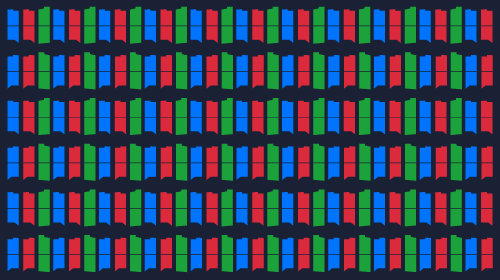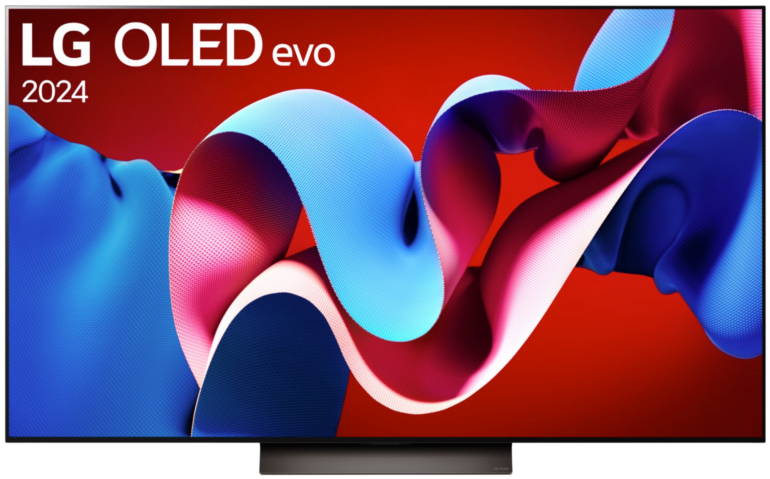LG UP8000 vs Sony X80J TV comparison 2021/05
Hey! If you buy through our links, you support our project. It won't cost you a cent more! Many thanks in advance! ♥️
LG UP8000 and Sony X80J compared – Which TV is better?
Detailed comparison: LG UP8000 or Sony X80J
Common weakness
LG’s UP8000 generally handles reflections better, but due to its lower peak brightness and also the poorer contrast, the score evens out and ultimately it can handle reflections just as good as Sony’s X80J. Just as good means only below average in this case, unfortunately. Both TVs belong to the low-budget category and therefore some flaws have to be expected in some areas. One of these flaws is directly visible in the reflection area. However, both TVs can only assert themselves against reflections equally weakly and a difference cannot be determined.







Stable viewing angle thanks to ADS panels
The picture quality of both TVs remains stable even at wide viewing angles. This is due to their IPS-like ADS panels, which are known to be particularly good in terms of viewing angles, but have losses in terms of contrast. In a direct comparison of LG UP8000 vs Sony X80J, both TVs perform equally well and the picture remains stable even at slanted or particularly wide seating areas and when watching in large groups.






Everyday TV without extras
Both TVs are practical for everyday use, but you won’t get a wow experience with either model. The respective contrast is already lower average, but the UP8000 is even lower than the X80J with its contrast of 900:1. The color gamut is also only mediocre on both. The peak brightness does not differ seriously and is okay for everyday use. Thus, it is sufficient for most series and movies, but the brightness is not enough to counteract glare in well-lit rooms.




HDR content: biggest differences
In the direct comparison: LG UP8000 vs Sony X80J, the biggest differences are definitely in the display of HDRHigh Dynamic Range – image/video with more dynamic range (contrast range) content. Both lack a local dimming function, which would ensure that HDR content can be displayed even better. Therefore, the performance of both TVs is unfortunately very poor, which makes it almost impossible to tell the difference between SDRStandard Dynamic Range – image/video with a conventional gamma curve (opposite: HDR) – “normal” videos and HDR content. Even if the X80J has Dolby VisionDynamic HDR-format with a color depth of up to 12 Bits and Mastering of up to 10,000 Nits, it is theoretically redundant with such a minimal difference to SDR content.









LG UP8000 vs Sony X80J - clear favorite
In the category Fime & Series, it is clear that the X80J is clearly better than the UP8000. In the context of the previous categories, you can quickly see why. The X80J not only provides a better picture in the SDRStandard Dynamic Range – image/video with a conventional gamma curve (opposite: HDR) – “normal” videos area, but also in terms of HDRHigh Dynamic Range – image/video with more dynamic range (contrast range) content, the X80J is the clear favorite. The better picture is due to the small price jump from the UP8000 to the X80J. Thus, you get a better experience in terms of movies and series in proportion to the increasing costs, but this is not visible for everyone to this extent and the surcharge is therefore not worth it for everyone.


Responsive gaming
Both TVs can shine in the category of gaming performance, considering their price. This is due to their very low input lag and the fast response time of the TVs. Unfortunately, both lack a few features like the Variable Refresh RateVariable Refresh Rate – synchronizes the display’s refresh rate with the output refresh rate of the graphics card, but that was to be expected in this price range. It should be noted that LG’s UP8000 not only changes the refresh rateHertz is the derived SI-unit of frequency with 1Hz=1/s – When talking about TVs this means how many different pictures a TV can display in one second. from 60Hz to 120Hz from an inch size of 82 inches, but also the possibility to play HDMI 2.1 content. The smaller sizes are denied this feature. This ensures that these sizes are especially suitable for the newer gaming content, which can then also be played to its full potential, apart from the picture quality.
Large groups - no problem!
Both have the function of Motion Interpolation, which is used to increase the frame rate afterwards and thus make movements appear smoother and more natural. Even though the X80J can only interpolate content up to 30 frames per second. Due to the stable viewing angle, even with a very slanted view, both TVs are suitable for watching sports in large groups. There should also be no noticeable judder, since both have a low response time.
Google TV vs. webOS 6.0
Both TVs have everything you can expect from a new smart TV. Only an HDMI 2.1 interface can be criticized – as already mentioned, the LG UP8000 is excluded from the 82-inch size. The most significant differences are the different operating systems. The LG UP8000 uses webOS 6.0 and the X80J is a Google TV.


integriert

integriert



integriert

kompatibel
Our conclusion:Functions proportional to the price
The Sony X80J is simply better in all aspects in a direct comparison with the LG UP8000, but it is also more expensive when discount campaigns and the like are left out. However, the degree of improvement is not enormous and not noticeable for the majority. In the end, both TVs are okay for everyday use according to their price, but not able to create a cinema atmosphere due to their very poor handling of HDRHigh Dynamic Range – image/video with more dynamic range (contrast range) content, which thus differs very little from SDRStandard Dynamic Range – image/video with a conventional gamma curve (opposite: HDR) – “normal” videos content. The equipment is prepared for everything except the new console generation, which cannot be fully exploited due to the only mediocre picture quality alone. Due to the ADS panels, both TVs are suitable as PC screens. Furthermore, they are both well suited for watching with a large group, which makes sporting events no problem for both contenders. Thus, both TVs are very similar and the small surcharge of the X80J also provides a small improvement over the UP8000. Therefore, a clear winner cannot be drawn because the improvement is only recognizable to a limited extent and it often depends on subjective preference whether the surcharge is worth it for these marginal changes.



